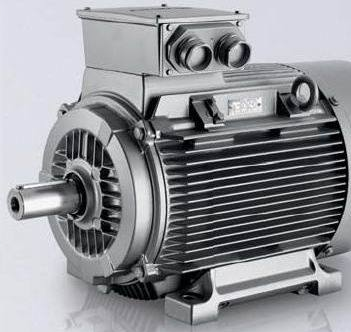From the perspective of market participants, domestic brands are still dominant in China's low-voltage motor market, which is derived from a good brand effect formed by domestic manufacturers over the years. Compared with the cheaper prices of foreign brands, domestic brands are very strong. Competitiveness.

From the perspective of production areas, China's low-voltage motors are mainly concentrated in East China, Central and South China, and East China District accounts for half of the output of low-voltage motors. The regions with faster cumulative growth over the same period of the previous year were Sichuan, Shandong, Anhui, Guizhou, Jiangxi and other provinces (cities, districts). The cumulative output growth was 34.5%, 28%, 25.7%, 20.1%, and 14%, respectively. The fastest region is Beijing, with a growth rate of -42.7%.
From the perspective of industry application, the development of mining and chemical industry is good, driving the rapid growth of low-voltage motors, while the metallurgy, electric power and building materials industries are shrinking, which has slowed down the development of low-voltage motors to some extent. The specific performance of low-voltage motors in various industries is as follows:
From the point of view of the sales power of low-voltage motors, small low-voltage motors account for 90% of the total low-voltage motors. This part of the motor is widely used, especially in the industries of fans, pumps, compressors, etc.; and medium-sized low-voltage high-power three-phase asynchronous motors. As a power machine, it is widely used in metallurgy, oil field, mining, papermaking and other industries. However, these motors have a large part of the crossover between the power section and the medium-sized high-voltage motor. Therefore, the user can select a low-voltage high-power motor or a motor. Medium high voltage motor. When the power is the same, the starting current of the high-voltage motor is small, and the starting current of the low-voltage motor is large. When starting, the motor current is too large to cause the burden on the grid, causing the motor coil to overheat and the insulation to drop, so the high-voltage motor can be started directly, and the low voltage is required. The step-down start causes the low-voltage high-power motor to be lower in sales than the medium- and low-power low-voltage motor.
















 RCCN WeChat QrCode
RCCN WeChat QrCode Mobile WebSite
Mobile WebSite
